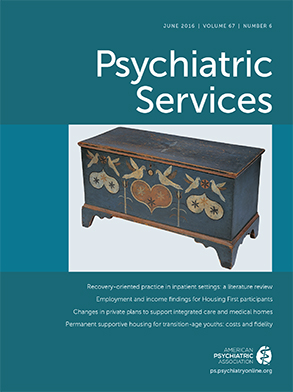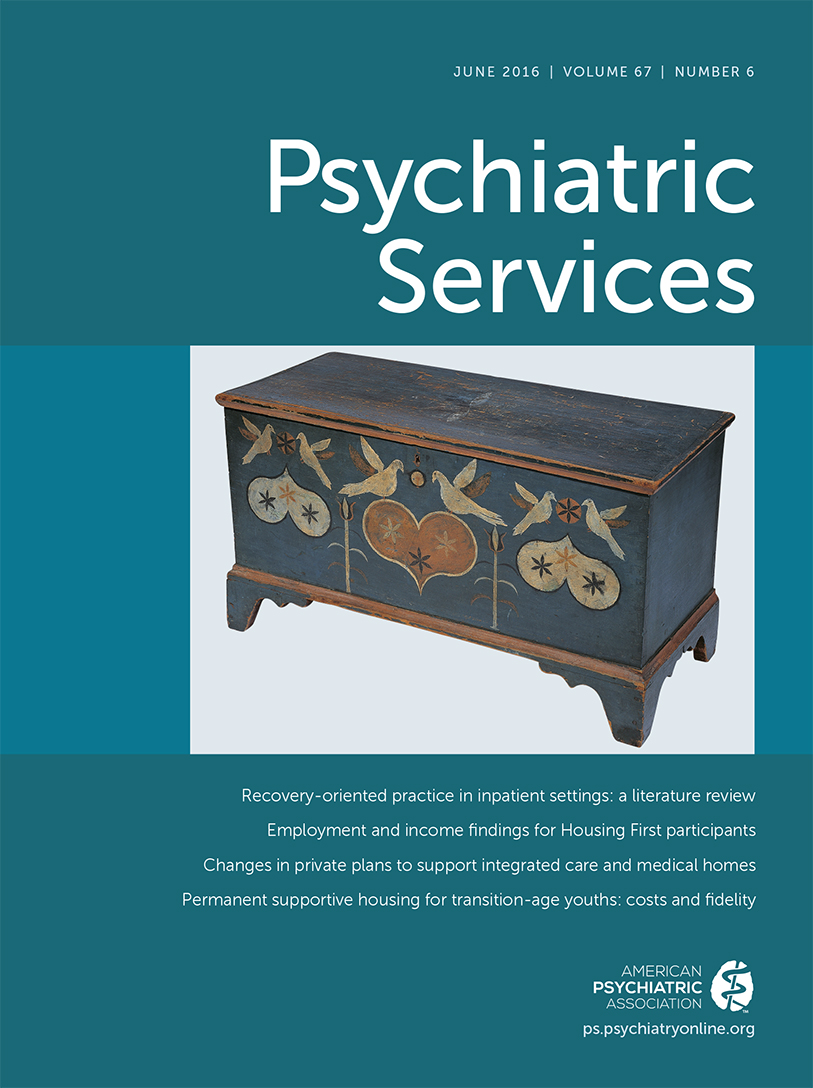Case Studies of Recovery Domains Over Time
In rank order, beginning with the most frequent, the domains that contributed to change in the overall recovery score and the numbers of individuals affected were significant-other relationships (N=9), meaningful activities (N=9), mental health (N=7), family relationships (N=6), general medical health (N=5), housing satisfaction (N=5), employment (N=2), and substance use (N=1). The lack of salience for the last two of these domains reflects the absence of work opportunities for persons with psychiatric disabilities and the relatively stable state of substance use recovery in participants’ lives. To provide context for this observation: one of the supportive housing programs mandated abstinence, but several participants in both programs reported occasional use of marijuana, and only one participant reported significantly increased substance use during the study.
The top two contributors to recovery operated in both positive and negative ways. Thus a change in significant-other relationships affected six participants positively (finding a romantic partner or close friend) and three participants negatively. Engaging in meaningful activities increased for six participants and decreased for three. Participants who experienced a positive change in significant-other relationships (N=5) or family relationships (N=2) also showed a positive change in engagement in meaningful activities. The mental health domain was only negatively influential, adversely affecting the recovery of seven individuals. Valences for the family relationships domain were evenly split between positive and negative. Housing satisfaction was a negative influence for four of the five participants, and general medical health was negative for three participants and positive for two. With regard to housing satisfaction, this negative influence was attributed to financial problems experienced by one of the programs, leading to fears of eviction among four study participants.
For 13 of the 15 participants, the valence of domains matched their overall recovery trajectory valence. Only two had a mix of both positive and negative change across the domains. For both, the mental health domain was negative and family relationships or significant-other relationships and meaningful activities were positive.
In returning to the person-centered aspects of individual trajectories, we used the case study analyses to trace the contexts of these domains. Not surprisingly, these were intertwined in individuals’ lives. For example, Darren (all names are pseudonyms) became close friends with a client and her boyfriend at a resource center he attended. This friendship paved the way for engagement in meaningful activities together, where before he had kept to himself and stayed in his apartment. In describing this relationship, he stated, “We talk, we get along. . . . I go visit them . . . they’ll cook for me. . . . We watch TV. She does a lot of talking about different things just going on in her life or what she has to do, or sometimes she asks me questions about me, and I answer her [to] the best of my knowledge. I call her sometimes for advice and she calls me up for advice sometimes.”
Similarly, Fay became friends with some of her neighbors and reconnected with her sisters. These relationships also contributed to an increase in participation in meaningful activities. She described “go[ing] to the movies with my friends or clubs . . . Manhattan [clubs] with my sister. . . . We have fun. . . . Me and my sisters are getting along now.”
Conversely, relationship troubles contributed to a reduction in meaningful activities. Yolanda used to see her now-adult children on a routine basis. However, she noted, “My family’s really not giving me that much support nowadays. They really have given up on me.” During the study, she came to spend more time alone in her apartment. “I don’t have any activities. . . . All activity is really just focused in this apartment. . . . My children stopped coming here to see me. . . . They used to come see me every—very often. For some reason they just backed up. . . . I really wish they were part of my life, so much involved in my life.”
New friendships and activities were not always positive. Anthony became involved with a woman who was using drugs and would accompany her to a local park where drug dealing as well as substance use was common. “I was down here at [local park]. . . . I went along with it at first, but then things that she did I didn’t want. . . . She’s out there at all hours in the night trying to get drugs. . . . I’m trying to tell her, ‘You cannot be doing this every day because sooner or later that’s going to catch up to you.’”
During one evening at the park an altercation broke out, and Anthony was concerned about getting caught up in it. He elaborated, “They was getting loud. They was also drinking. The police rolled up . . . asked us politely to all please take a walk. . . . I don’t know because I was not trying to get wound up into this situation and stuff because I’ve got my own problems. . . . Since I came into [supportive housing agency], I have not messed up. I’m about to be three years clean, straight.”
Anthony explained that it was not until he met a more positive female friend that he “started hanging out with her instead of coming down . . . to the [local] park because all the nonsense that goes on.” Developing multiple social relationships enabled participants like Anthony to be more selective about the people they chose to associate with and the activities that they took part in.
Mental deterioration was attributed to isolation, depression, and stigma rather than psychotic symptoms. Sylvester checked himself into a hospital psychiatric ward, saying he felt extremely depressed and lonely. Although desiring relationships with others, he thought that his medications would provoke stigma and further isolate him. “I’m tired of all these pills. If you went into my apartment, into my room, it’s the whole dresser. . . . I can’t put them away, I don’t know where to put them. I got to put them somewhere. I am trying to see if I can get some company. Get some guts and see if I can find a friend. But . . . too many bottles. . . . I don’t want them to see them and say, ‘Why you taking all these pills. What’s wrong with you?’”
For Judith, the increasing toll of diabetic complications was further exacerbated by partner abuse and a decline in mental health, leading to heavier use of marijuana. “I’m struggling with my health. Physically and mentally. So that’s two things right now that are so far against me. . . . I got a therapist and a clinic that doesn’t even really want to talk to me or hear me. I don’t have no family here. It’s supposed to be him [husband]. . . . Not only am I lonely, I feel alone . . . and then when he’s here, all he does is badmouth me. Calling me names.”

